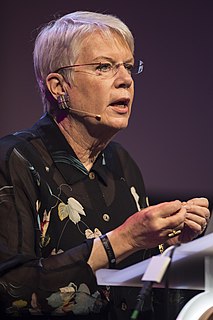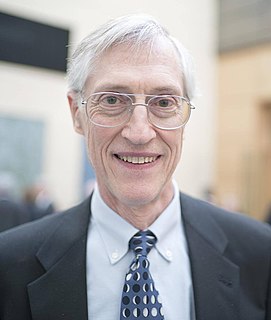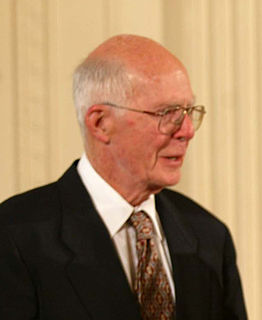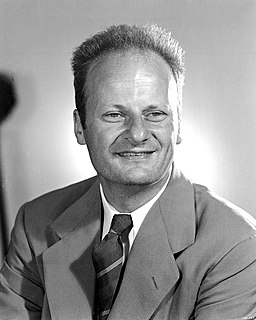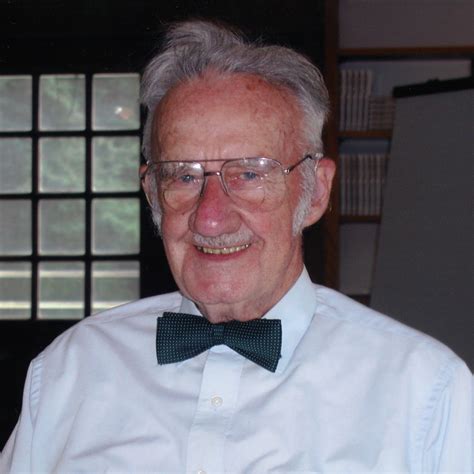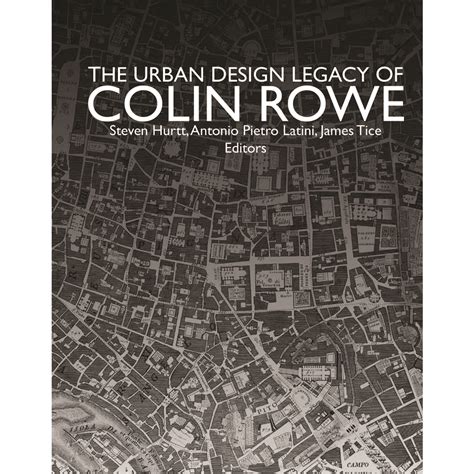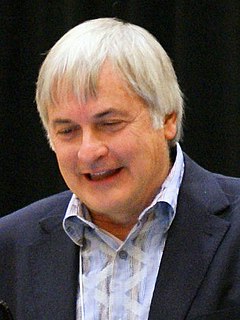A Quote by Jill Tarter
We, all of us, are what happens when a primordial mixture of hydrogen and helium evolves for so long that it begins to ask where it came from.
Related Quotes
Might it be the discovery of a distant civilization and our common cosmic origins that finally drives home the message of the bond among all humans. Whether we're born in San Francisco or Sudan or close to the heart of the Milky Way Galaxy, we are the products of a billion-year lineage of wandering stardust. We, all of us, are what happens when a primordial mixture of hydrogen and helium evolves for so long that it begins to ask where it came from.
Finally I got to carbon, and as you all know, in the case of carbon the reaction works out beautifully. One goes through six reactions, and at the end one comes back to carbon. In the process one has made four hydrogen atoms into one of helium. The theory, of course, was not made on the railway train from Washington to Ithaca ... It didn't take very long, it took about six weeks, but not even the Trans-Siberian railroad [has] taken that long for its journey.
